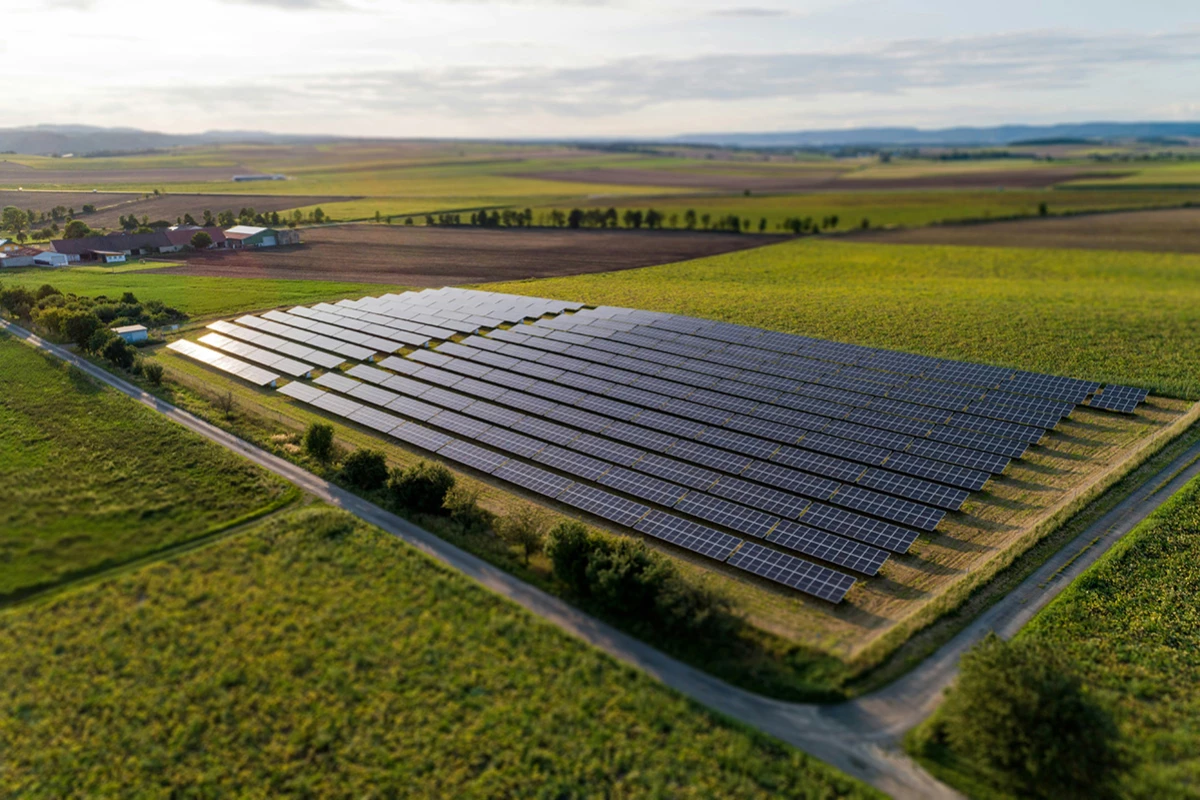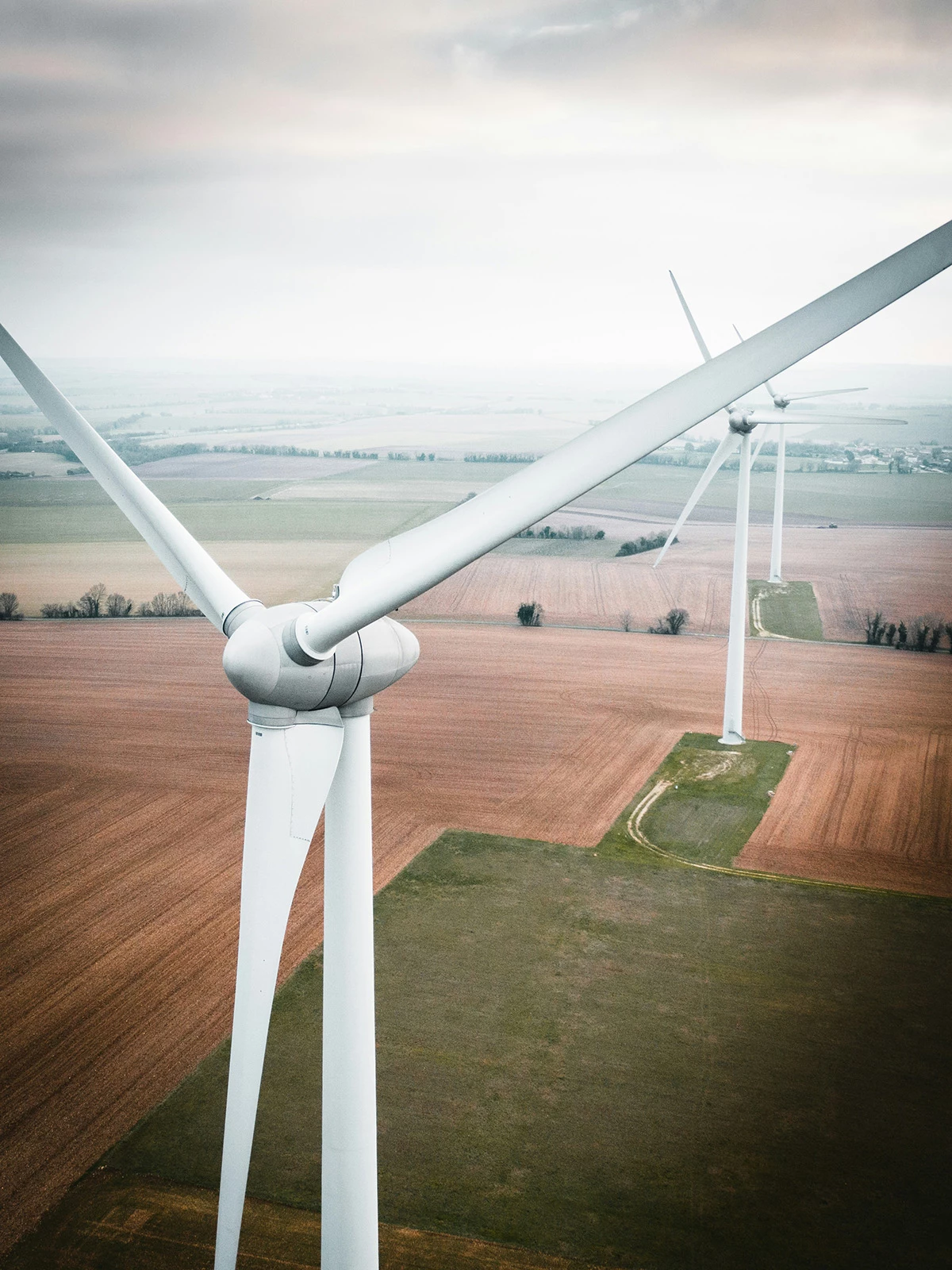A report from UK-based climate and energy think tank Ember notes that clean energy sources accounted for 40.9% percent of electricity produced around the world in 2024.
The finding comes from data and estimates culled from 215 countries. The 118-page Global Electricity Review 2025 analyzes trends underlying the changes and the likely implications for energy sources and power sector emissions in the near future.
The push past the 40% mark for clean electricity in 2024 was primarily fueled by the unprecedented growth in solar energy, coupled with significant contributions from wind and a recovery in hydropower, alongside a small rise in nuclear power. China and the European Union (EU) demonstrated the most remarkable increases in clean electricity generation, with the former meeting 81% of its demand through renewables. Meanwhile, 71% of the EU's electricity came from clean sources.
Also worth noting: for the first time ever, the combined global generation from wind (8.1%) and solar (6.9%) exceeded that of hydropower (14.3%) last year.
Solar energy shone bright in 2024
The percentage growth of global solar generation in 2024 was a massive 29%. That represents the fastest increase in solar generation in six years, and double the generation in the last three years. Indeed, solar generation increased by 474 TWh (terawatt-hours; 1 TWh is enough to power a small city for a year) in 2024, reaching a total of 2,131 TWh – with China and the US leading the charge.

For the EU, solar was its fastest-growing power source with a 21% increase. The 27-member bloc saw the largest fall in coal generation globally in 2024 and, for the first time, solar power generated more electricity than coal in the EU.
With the overall 29% growth rate, 2024 marks the 20th year in a row that solar has been the fastest-growing power source.
Wind worked great too
Wind energy made a significant contribution to the global electricity supply last year, accounting for 8.1% of the global electricity mix. Global wind generation reached a new record high of 2,494 TWh in 2024, up by 182 TWh (+7.9%) from 2023.
While this represents substantial growth in absolute terms, Ember's report notes that the growth in wind generation has slowed for the third year in a row. This was primarily due to less windy conditions compared to 2023, particularly in China, which limited potential generation gains despite continued high capacity additions – and some truly enormous wind turbine installations set up over the last year.
The US went big on wind and solar
Wind and solar together beat out coal in electricity generation in the US for the first time, with coal accounting for an all-time low of under 15%. These two clean sources combined have tripled generation since 2015, hitting 757 TWh of electricity in 2024.
Gas still provides a massive 43% of electricity across the country, and as a result, the US accounted for 57% of the global growth in gas generation worldwide last year. Solar generation rose more than gas though, recording its highest-ever annual increase of 64 TWh.
Surprise, India did pretty well with clean energy last year
As someone living in India, I was keen to see how the world's most populous country fared in this report. As it turns out, India overtook Germany in 2024 to become the world's third-largest generator of electricity from wind and solar, with generation from those sources nearly doubling to 215 TWh in the five years leading up to 2024.
The country also recorded the fourth-largest increase in solar generation of any nation last year at 20 TWh (an 18% bump). That increase itself is more than the UK's total solar generation for 2024.
India still has a ways to go in cutting out fossil fuels, though. Its coal-fired power generation nearly doubled from 2012 to 1,534 TWh, and that makes it the world’s third-largest power sector emitter. Reducing reliance on coal will take a lot of work, but hopefully it will accelerate in the coming years.
We still used a lot of non-renewables...
Heatwaves were identified as the main driver of a small (1.4%) increase in global fossil fuel generation in 2024 along with power sector emissions, as they amplified electricity demand for cooling. Without these hotter temperatures, fossil generation would have remained almost unchanged.
Further, the report notes that "Stripping out these temperature effects, clean generation met 96% of the demand increase in 2024. Isolating the trend from the short-term fluctuations, it becomes clear that the world is very close to an era of falling fossil fuel generation."
It's heartening to see this trend being impacted both by major global powers as well as smaller countries like Saudi Arabia and Pakistan. You can expect to continue to see noise in the numbers in the near future, thanks to rising temperatures and increases in demand from things like data centers for AI – but count on the future of electricity generation going greener across the globe.
Find the entire fascinating report over on Ember's site.
Source: Ember







